Tomato varieties with photos
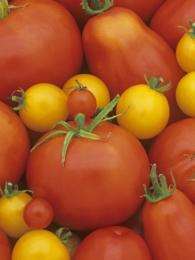
Every year in early spring, summer residents and gardeners strive to acquire a large number of vegetable seeds. This list necessarily includes tomato seeds.
Content:
- Studying the label
- Types of growth
- Agricultural technology of different varieties
- A little about hybrids and varieties
Studying the label
But which seed packets to choose? They are all bright and colorful, with promises of bountiful harvests and drought resistance. And first of all, people buy tomato varieties with photos on the packaging.
It should be taken into account that the packaging with seeds shows tomatoes in an enlarged size and it is likely that if you grow this variety on your plot, you will get slightly smaller fruits.
Various varieties of tomatoes with photos on the label have a more saturated and bright color, which may also not correspond to reality.

In order not to make a mistake with your choice, it is better to purchase seeds from well-known and well-established manufacturers. Such seeds can be distinguished by their packaging made of thick paper, with a clear image, indicating the weight of the seeds, characteristics of the variety and the address of the manufacturer.
Types of growth
When choosing tomato varieties, vegetable growers need to know their growth type. The method of forming the bush and the layout of their placement in the garden bed will depend on this. Depending on the type of branching, early ripening and productivity, tomatoes are divided into:
- Indeterminate (bushes whose growth is unlimited);
- Determinate (bushes whose growth is limited).
In the former, after the formation of the very first inflorescence (approximately above the 10th leaf), the stem continues due to the development of a lateral shoot. It appears on a tomato bush in the axil of the leaf that is located under the inflorescence. On this shoot, after the appearance of the third leaf, the next inflorescence will begin to form. Further branching occurs in the same way: a shoot develops again from the axil under the inflorescence, which releases the inflorescence on the third leaf. Typically, this type of growth is characteristic of non-early ripening varieties. Their harvest is long and the return is uniform.
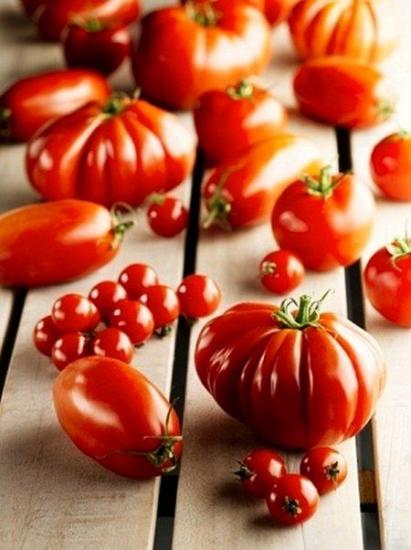
A tomato bush with a limited growth pattern usually stops growing the stem after 5-7 inflorescences appear. Usually there are only 2 leaves between the inflorescences, or they come in a row one after the other. The inflorescences themselves bloom very amicably and the yield of such varieties is amicable. Early ripening varieties belong to this type of growth and are chosen for early harvests.
Agricultural technology of different varieties
So, having studied the label a little, choosing the color of the fruit, its weight and ripening period from the photo, we determine the labor intensity of the crops. As a rule, varieties of unlimited growth are used for long periods of cultivation in closed ground. This duration may take 4-5 months after disembarkation seedlings. Determinate varieties are good for open ground.
The yield is influenced by the way plants are formed. This includes techniques such as removing stepchildren, leaves, as well as pinching inflorescences and growing points. The purpose of these techniques is to switch plastic substances to fruit ripening.
The planting pattern also depends on the variety. The smaller the variety forms inflorescences and the shorter the height of the bush, the denser they can be planted in a row. Tying plants to a support also ensures fuller use of the allotted area.The most common practice when planting tomatoes is a 30x30 pattern for early-ripening varieties and 60x60 for mid- and late-ripening varieties.
A little about hybrids and varieties
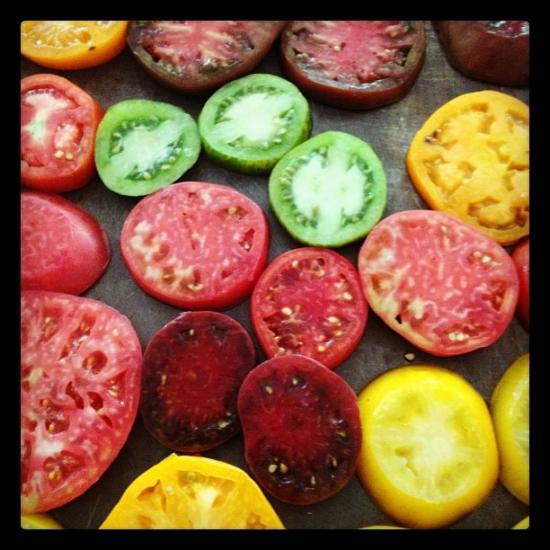
When choosing tomato seeds in specialized stores, pay attention to hybrids. As a rule, they have a slightly higher price than all regular varieties. Hybrids are designated by generation F1, F2, F3 and so on. The productivity of hybrids is high and more stable. Even in not very favorable conditions - with a lack of light, suboptimal temperature and even lack of moisture - F1 hybrids produce more tomatoes than conventional varieties.
You should not buy popular varieties of hybrids in the markets, since private traders do not have the original parental forms and, most likely, are not selling the first generation of the hybrid.
Buying and growing varietal tomatoes, you can independently engage in seed production for 2-4 years. As a rule, during such a period the variety does not lose its hereditary characteristics. But over time, even resistant varieties can lose their characteristics, and this will greatly affect the harvest. This is caused by partial cross-pollination, as well as by our inept selection. After all, we always want to select the best specimens from the bush for seeds. And this can lead to the loss of other positive characteristics of this variety.
So, when choosing seeds based on the photo on the label, study the growth characteristics of the selected tomato variety and determine its agricultural technology. If you want to buy seeds of hybrid varieties, you will almost certainly get a harvest this year, but their characteristics may not survive next year. By purchasing varietal tomatoes, you can maintain their typical characteristics for several years. The choice is yours, good luck.

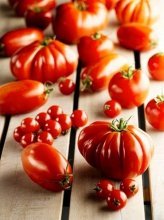
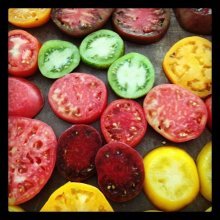
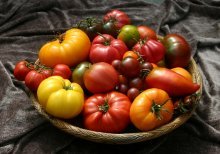
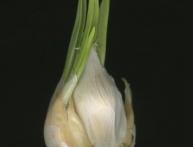


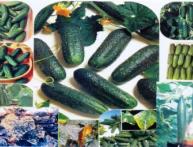
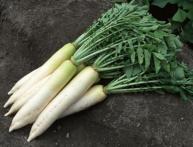
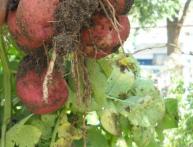
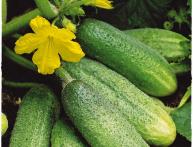
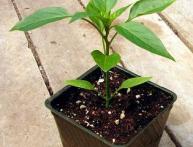
Comments
I have been planting the same varieties of tomatoes for many years: Buyan, Bull's Heart. They have already been tested by time. When choosing a variety, I always look at the yield and whether this variety grows indoors or outside.
When choosing seeds, I make sure that the bushes do not grow too tall and that the tomatoes are large and tasty. The most important thing, of course, is the yield) Small varieties are also useful for pickling.
My mouth is already watering. I love tomatoes, it's my weakness. I plant a lot of bushes and, mainly, already familiar and proven varieties: ox's heart and cream. So, for food and canning. Homemade tomatoes are the most delicious.
I usually try to plant several types of tomatoes: for eating and for pickling. And it’s very unpleasant when the variety of tomato grown in the garden does not correspond to what I bought according to the label. That’s why I’m not experimenting with varieties now, but planting those that have proven themselves well.